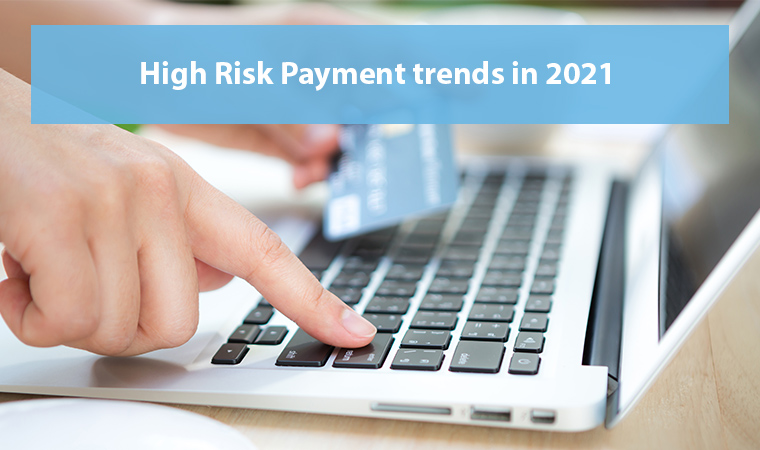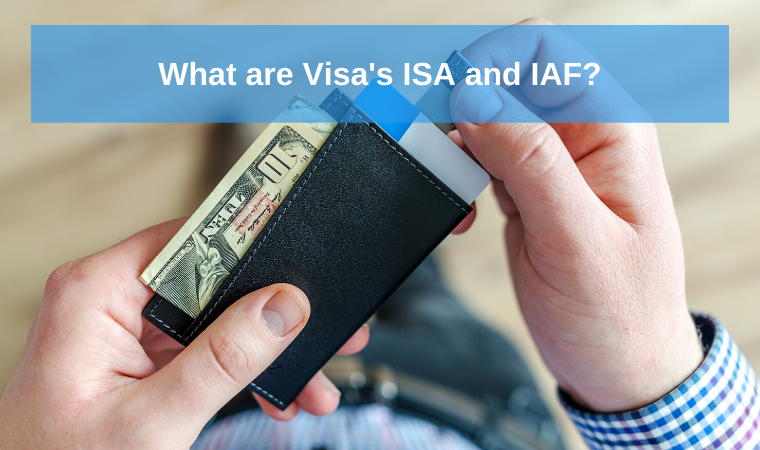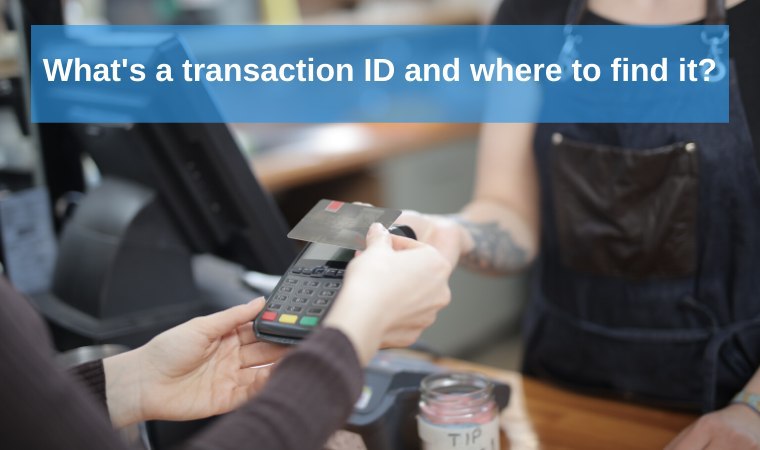What’s a merchant ID and how to protect it?

How do the funds from a customer’s bank account make it from the customer’s bank to your merchant account after a transaction? How do all the different parties involved make sure that the money ends up in the right place? Your merchant ID, MID, is the key player in this process, and we are about to discover what MID is and how you can protect it.
What is a Merchant ID?
A merchant ID is a unique set of digests assigned to merchants by their payment system processors (PSPs). Known as a MID, the code is transmitted along with cardholder data to involved financial institutions for future transaction reconciliation. The assigned MID allows identifying a merchant’s financial activity when communicating with a processor and other parties.
How do you get a Merchant ID?
A merchant receives a MID while opening a merchant account at an acquiring bank upon the business verification process. For it, a merchant provides such documents a Taxpayer Identification Number, certificate of incumbency, names of the business owners, license (if needed), etc.
Note that a merchant ID isn’t required when processing payments through specific PSPs. However, having it is a general rule of thumb. It is in your best interest to keep the MID number secure. When in the hands of a fraudster, it can be used to process fraudulent transactions. Therefore, make sure not to share this information, and even if ever needed, hide the MID in the documents you send to the third party.
Can a merchant have multiple MIDs?
Yes, he can have multiple MIDs. However, a single merchant ID is usually enough for average business payment processing. To better understand the reasons, let’s analyze the difference between a MID and a TID.
TID means the terminal identification number. A merchant has a unique TID per each of the card terminals he uses. However, all of the TIDs are grouped together under a single MID. Businesses with several merchant accounts still have them grouped under the same merchant identification number.
Why then do some merchants have multiple MIDs?
Usually, it’s for accounting purposes. Businesses with various sales channels like restaurants, hotels, or multichannel retail stores get a unique MID for each individual revenue stream. That helps to keep track of where finances came from. Once again, most businesses are fine with a single MID only.
Can a merchant lose his MID number?
Yes, that happens too. But before we dive into it, let’s see the difference between a hold and some long-term actions against your merchant account.
Withheld funds
The payment provider has a right to partially withhold transaction funds in case of suspicious account activity. It’s a common practice since suspicious activity often signals a potential spike in chargeback volume. The hold is usually temporary. Yet, your processor can also make it permanent in the form of a merchant account reserve. Unfortunately, such an outcome is quite common among high-risk businesses.
Processing freeze
In case of an account hold, you’ll still be able to process new transactions. That’s a core difference between an account hold and a freeze of your merchant ID. A processing freeze takes place when your PSP temporarily prevents you from accepting credit card payments. That might occur if your chargeback ratio gets way too close to the Visa and MasterCard chargeback threshold.
It’s an unpleasant scenario for brick-and-mortar businesses as their payment options will be limited to cash only. Yet, it’s the worst outcome possible for e-commerce merchants. The only solution is to accept payment through electronic aggregators like PayPal.


